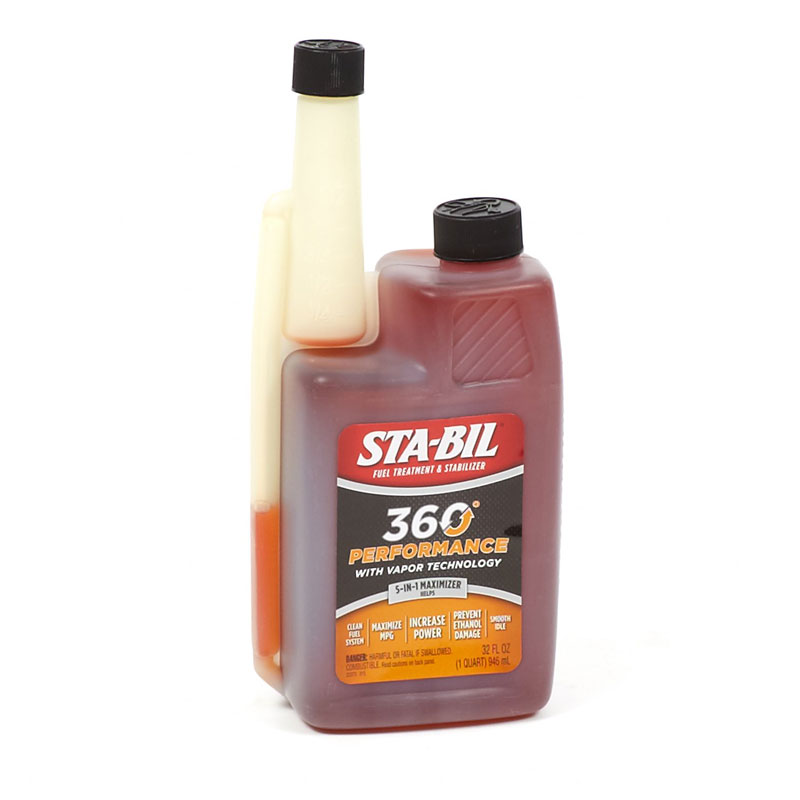What is My Engine Power Rating?
Quick Links:
With our small engines that power walk-behind lawnmowers, pressure washers, tillers, and other specific applications, Briggs & Stratton uses gross torque ratings to measure the engine’s power rather than horsepower.
While horsepower has been traditionally used for these applications to measure engine power, torque values are not new for engines. Gross Torque is the immediate twisting force required to turn a blade or pump at a given moment. Thus, torque is the way to measure the rotational force a machine can produce. For Example, what a walk-behind mower does as it cuts grass or a pressure washer as it pumps water. Torque is a more accurate way to describe the capability or job capacity of an engine.
However, horsepower is still used to measure the power of our larger engines. These models are often used in applications such as riding mower engines that may require power to be distributed to multiple areas of the equipment (such as transmission, wheels, hydraulics, etc.).
You can find the gross horsepower or torque value labeled on your engine.
To find an engine’s horsepower, look for a number with “HP”.
If you are uncertain as to the gross torque or horsepower rating of your engine, please bring your Engine Model, Type, and Code Numbers to your local authorized Briggs & Stratton dealer.
For additional information regarding engine horsepower or torque value, please view our "Get to Know Torque" video below:
The gross power rating for individual gasoline engine models is labeled in accordance with SAE (Society of Automotive Engineers) code J1940 Small Engine Power & Torque Rating Procedure, and is rated in accordance with SAE J1995.
Torque values:
Are stated gross torque at 2600 RPM per SAE J1940 as rated by Briggs & Stratton
Horsepower values:
Are stated gross horsepower at 3600 RPM per SAE J1940 as rated by Briggs & Stratton.
Net Power and Gross Power
Net power values are taken with exhaust and air cleaner installed whereas gross power values are collected without these attachments. Actual gross engine power will be higher than net engine power and is affected by, among other things, ambient operating conditions and engine-to-engine variability. Given the wide array of products on which engines are placed, the gasoline engine may not develop the rated gross power when used in a given piece of power equipment. This difference is due to a variety of factors including, but not limited to, the variety of engine components (air cleaner, exhaust, charging, cooling, carburetor, fuel pump, etc.), application limitations, ambient operating conditions (temperature, humidity, altitude), and engine-to-engine variability. Due to manufacturing and capacity limitations, Briggs & Stratton may substitute an engine of higher-rated power for this engine.
Shop Related Maintenance Parts
HOW-TO ARTICLES
Learn how to properly and safely use, troubleshoot and maintain your Briggs & Stratton equipment.
VIDEOS
Learn about the latest products, step-by-step instructions on how to locate your engine model number and more.





